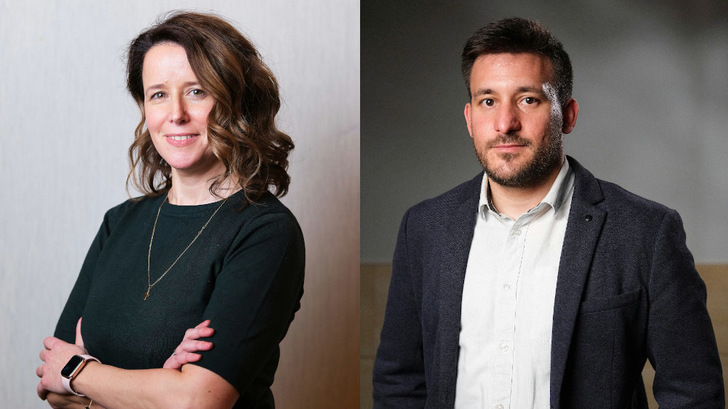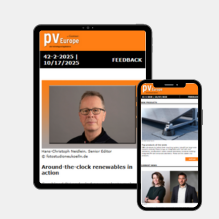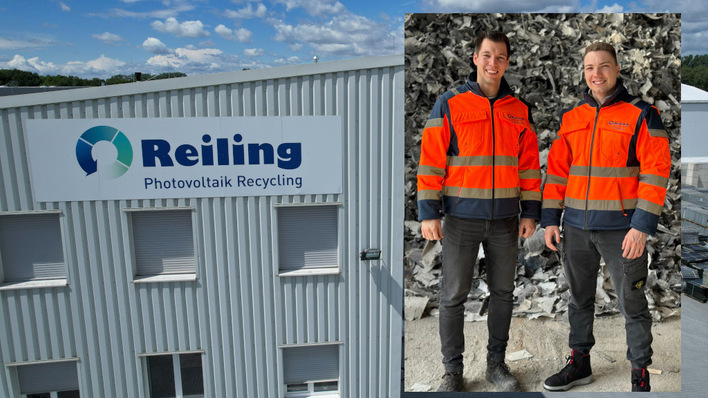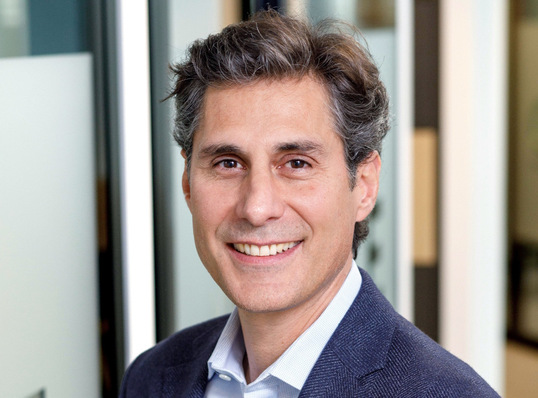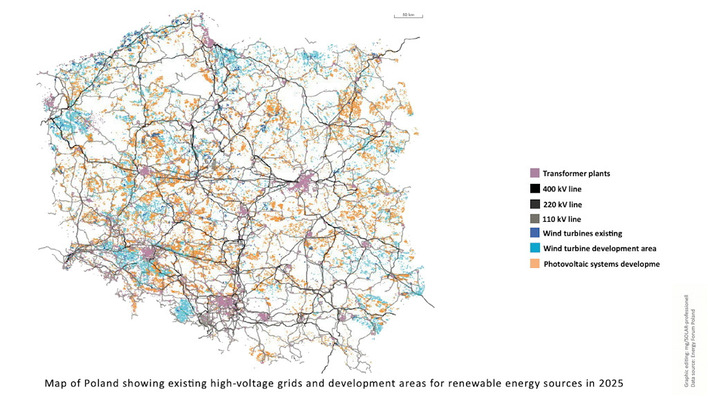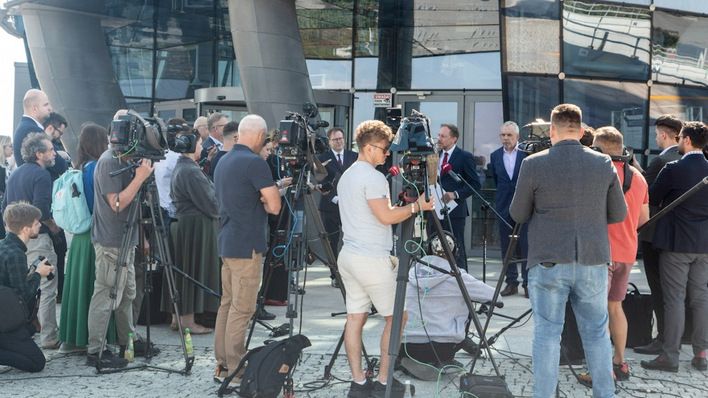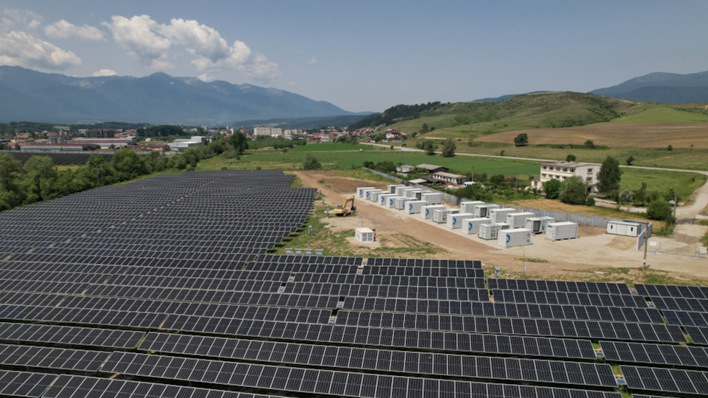How is demand for photovoltaic systems developing in Croatia?
Marija Hanzec: We got off to a late start by European standards. While wind farms were built earlier, solar power only recently reached around 1.1 gigawatts (GW) of installed capacity. Of this, about 70 percent comes from rooftop systems and 30 percent from large solar power plants.
Filip Kušević: Interest in building solar plants is significant. About 1 GW of solar plants already have signed connection agreements with the distribution grid and we expect their construction in the coming years, plus an additional 500 megawatts (MW) with the transmission system operator. In addition, around 2 GW of solar plants remain blocked because signing new grid connection agreements with the transmission system operator has not been possible since 2022. Among projects with valid energy permits are also innovative ones, including agri-PV projects and floating solar on lakes. The key issue now is how best to integrate solar plants into the grid, and as our contribution we initiated a study on the optimal locations for battery storage in Croatia’s electricity system.
What are the biggest challenges for the solar sector?
Marija Hanzec: It’s clear: grid connections. Around 60 projects with a combined capacity of 3,500 MW are currently on hold, of which about 2 GW are solar and almost 700 MW are battery storage. The rest are mainly wind projects. This is a challenge across Europe, but it is particularly acute in Croatia. The regulator and the transmission system operator have yet to agree on clear rules for grid connection fees for these projects. Another obstacle is the lengthy approval processes. Planning and implementing a large solar project should take no more than 18 months. In reality, the planning and approval phase often drags on for three to four years or more.
Stay ahead in the solar energy transition – subscribe to PV Europe’s free twice-weekly newsletter
Filip Kušević: Large solar parks above 10 MW must connect directly to the transmission grid. Developers here constantly face regulatory and technical hurdles because different rules apply compared to the distribution grid. Since the Croatian energy regulator has not adopted a decision on the unit connection fee, which should have been done back in 2022, project developers have been unable to sign new connection agreements to the transmission grid. This affects all projects at this grid level, not only solar.
What’s behind the regulator’s hesitation?
Marija Hanzec: Partly because of the high costs of expanding the grid. However, a real solution already exists – the connection fee should be set at zero Euro per kilowatt (€/kW), as the Minister of Economy himself announced in March 2025. This would immediately enable investments to move forward, while strategic grid expansion would be financed through EU funds and the state budget, as is done in other countries. Such an approach should remain in place until the NECP targets are achieved, as this is a matter of strategic national interest. It is also important to note that the grid already has sufficient capacity to integrate these projects, especially since they include battery storage, which further contributes to system stability.
Energy transition at risk, Croatian renewables group warns
Which sources are those?
Filip Kušević: The TSO’s intention is to finance grid expansion through connection fees. But this is problematic for renewable energy developers. If these fees are set too high due to grid expansion costs, many projects become unviable. A particular problem is that the TSO is trying to shift the costs of very high-voltage grid investments onto producers. Yet Croatian secondary legislation explicitly states that such investments are of system-wide importance and must not be financed from connection fees. Some investments in the 400 kV grid were planned more than 10 years ago, but their implementation has not yet started and no alternative funding has been secured. Even though these investments are essential to meet EU obligations, for example, ensuring 70 percent capacity availability on grids critical for cross-border electricity flows, and even though some projects have been on the “Projects of Common Interest” list since 2013, a narrative is being created that such transmission grid investments are needed solely for accommodating new renewables.
What’s the state of grid stability in Croatia?
Filip Kušević: In some areas of Dalmatia, existing lines would indeed be overloaded if all planned projects were built, but this impact can be mitigated through the integration of battery storage. The situation is easier in other parts of Croatia, where the transmission system operator has even encouraged investors to develop projects.
So why not simply develop projects there?
Filip Kušević: In theory yes, but even there projects must wait for capacity approvals from the operator. Unfortunately, due to this regulatory blockade, the construction of new capacities on the transmission grid has been halted across the entire country, regardless of the actual state of the grid in individual regions.
Croatia’s renewables sector to convene in Zagreb
Which financing options are available for these installations?
Filip Kušević: Various. Large projects benefit from contracts for difference and power purchase agreements. Smaller systems up to one MW receive guaranteed feed-in tariffs. Many investors also rely on market prices or PPAs. Households benefit from a government subsidy that covers 50 percent of investment costs for integrated solar systems, capped at €600 per kilowatt-hour (kWh). In some cases, local municipalities provide additional grants. That is why so many small rooftop projects are being realised in Croatia.
Where does the funding for these grants come from?
Filip Kušević: From the Environmental Protection and Energy Efficiency Fund. During the energy crisis in Europe, there was a rule that the price of renewable electricity must be capped at €180 per megawatt-hour (MWh). Revenues above this were paid into the fund, generating substantial resources to subsidise rooftop solar for households. On the other hand, with realistic market prices for grid electricity, people would have invested in photovoltaics anyway. It has effectively become a form of state funding for installations that would otherwise be profitable on their own. However, the subsidy only applies to PV systems, not to battery storage.
Interview by Sven Ullrich.
In the next section of the interview with Marija Hanzec and Filip Kušević, the discussion turns to the prospects for self-consumption in Croatia, the regulatory changes needed to accelerate the energy transition, and the measures required to create a more investor-friendly climate.


